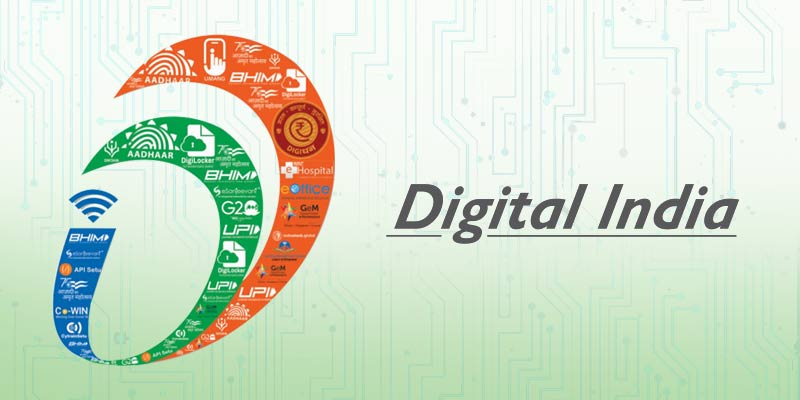In a significant stride towards bridging the digital divide, the Government of India has unveiled 'Digital India 2.0', an ambitious initiative aimed at enhancing digital infrastructure and literacy across the nation, with a particular focus on rural and underserved regions.
Background and Objectives
Launched in 2015, the original Digital India program sought to transform India into a digitally empowered society and knowledge economy. Building upon this foundation, Digital India 2.0 aims to:
- Expand high-speed internet connectivity to rural and remote areas.
- Promote digital literacy among citizens of all age groups.
- Enhance access to government services through digital platforms.
- Foster innovation and support startups in the technology sector.
Key Initiatives Under Digital India 2.0
- BharatNet Expansion: The BharatNet project has been instrumental in connecting gram panchayats with optical fiber. As of March 2024, approximately 2.18 lakh gram panchayats have been made broadband-ready, facilitating better access to digital services in rural areas.
- Pradhan Mantri Gramin Digital Saksharta Abhiyan (PMGDISHA): This initiative aims to make six crore rural households digitally literate. Over 6.39 crore individuals have been trained under this program, empowering them to access and utilize digital services effectively.
- National Broadband Mission 2.0: Launched in January 2025, this mission focuses on rapid expansion of digital infrastructure, ensuring that even the most remote areas have access to high-speed internet.
- GatiShakti Sanchar Portal: To expedite the process of obtaining Right of Way (RoW) permissions for laying optical fiber and installing mobile towers, the GatiShakti Sanchar portal has been introduced, streamlining approvals and reducing delays.
- Support for Startups and Innovation: Initiatives like Technology Incubation and Development of Entrepreneurs (TIDE 2.0), Gen-Next Support for Innovative Startups (GENESIS), and Next Generation Incubation Scheme (NGIS) have been launched with a combined funding outlay of around Rs 800 crore, aiming to foster innovation and support technology-led startups, especially in tier-2 and tier-3 cities.
Impact and Progress
The Digital India 2.0 initiative has already shown promising results:
Internet Penetration: As of March 2024, India boasts 954.40 million internet subscribers, with 398.35 million from rural areas, indicating a significant increase in digital inclusion.
Mobile Connectivity: Approximately 95.15% of villages now have access to 3G/4G mobile connectivity, ensuring that a vast majority of the population can access digital services.
Digital Literacy: The PMGDISHA program has successfully trained over 6.39 crore individuals, enabling them to participate in the digital economy and access essential services online.
Challenges and the Road Ahead
While the progress is commendable, challenges remain:
Infrastructure Gaps: Despite significant advancements, some remote areas still lack adequate digital infrastructure, necessitating continued investment and focus.
Digital Literacy: Ensuring that all citizens, regardless of age or education level, can effectively use digital tools remains a priority.
Cybersecurity: With increased digital adoption, ensuring the security and privacy of users is paramount.
Conclusion
Digital India 2.0 represents a transformative step towards a more inclusive and digitally empowered India. By focusing on expanding infrastructure, promoting digital literacy, and supporting innovation, the initiative aims to ensure that every citizen, regardless of location, can participate in and benefit from the digital revolution.
As the program continues to evolve, sustained efforts and collaborations between government, private sector, and civil society will be crucial in realizing the vision of a truly digital India.

